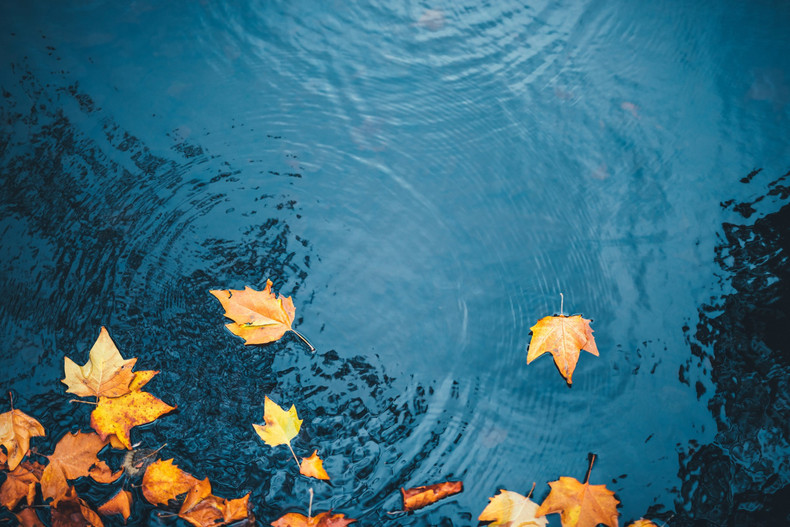Fall pond care is essential for maintaining a healthy and thriving pond ecosystem. As the seasons change and temperatures begin to drop, pond owners must take necessary steps to prepare their ponds for the winter months.
Pond Maintenance includes removing leaves, branches, and debris from the surface with pond equipment such as a lake rake or weed cutter and trimming back aquatic plants and tree branches at the water's edge. These actions help prevent organic matter from decomposing in the pond, which can lead to water quality issues.
Fish Stocking acts as a management tool that creates a self-sustaining environment in your pond when adequate structure is in place. We recommend stocking 100 – 150 pounds per acre of fathead minnows in most water bodies. If you have gamefish in your pond, it is necessary to bulk them up for winter. Once the water cools to 50 degrees, you can reduce feeding most fish until spring.
Fountain Removal and storage are necessary to maintain optimal performance for years. If the fountain stays in the water over the winter, it will break due to harsh temperatures and ice resulting in unnecessary costs to replace parts and for labor expenses.
Aeration Maintenance reduces operating expenses while maintaining your compressor’s performance. The most common reason for compressor failure is clogged filters. To extend compressor life, change internal filters (2), O-rings (2), and the external filter (1) at least every six months of operation or more often in dirty/dusty locations. We also recommend changing the carbon vanes (4) every 2 – 3 years as they wear out over time along with cleaning the diffusers using muriatic acid in the harder water environments and brushing them off thoroughly.
Winterizing involves taking measures to protect the pond from freezing temperatures. Actions may include installing a floating de-icer or aerator to keep a small area of water open for gas exchange and insulating sensitive equipment like pumps. We always recommend moving a diffuser close enough to shore so any animal or human can get out safely when aerating during the winter months. Another alternative to open water is installing an ice dome. Water will stay open underneath and freeze right up to the edge of the ice dome.
By addressing these steps and implementing proactive fall pond care techniques, pond owners can ensure their ponds remain healthy throughout the winter season. For more information or to get on our fall schedule, please call 800-442-6648 or reach out to your local ABI representative.

